Hwanggeum Kongbat (황금콩밭)
7.8Km 2023-10-10
9 Mapo-daero 16-gil, Mapo-gu, Seoul
Hwanggeum Kongbat specializes in bean curd, using 100% Korean-grown soybeans and salt to make their bean curd fresh daily. The restaurant is famous for their method of making a bean curd that is smooth and maintains the nutty yet sweet flavor of the soybeans.
Mokdong Ice Rink (Indoor) (목동아이스링크(실내))
7.8Km 2021-04-08
939, Anyangcheon-ro, Yangcheon-gu, Seoul
+82-2-2649-8454
Mokdong Ice Rink was built with international competitions in mind. Two rinks are available making it possible for visitors to use even during competition days. Store selling skate equipment as well as restaurant and snack bar are available within the facility.
Geumyongmun (금용문)
7.8Km 2021-03-23
7, Saemunan-ro,5 ga-gil, Jongro-gu, Seoul
+82-2-731-2502
This is a Chinese (cuisine) located in Gwanghwamun Gate, Seoul. The best menu at this restaurant is dim sum. A restaurant selling authentic Chinese cuisine.
Gwanghwamun Hanokjip (광화문한옥집)
7.8Km 2024-10-15
7, Saemunanro5ga-gil, Jongro-gu, Seoul
+82-2-731-2500
A store with rooms reproducing a traditional kitchen. The best menu at this restaurant is napa wraps with pork. This is a Korean cuisine located in Gwanghwamun Gate, Seoul.
Ilpumdang Premium (일품당프리미엄)
7.8Km 2021-04-20
7, Saemunan-ro, 5ga-gil, Jongro-gu, Seoul
+82-2-1899-4949
A shabu-shabu specialty restaurant located in Gwanghwamun Gate, Seoul. A store with rooms. The most famous menu is shabu-shabu.
Songbaek Sikdang (송백식당)
7.8Km 2021-03-25
15, Dangsan-ro, 38-gil, Yeongdeungpo-gu, Seoul
+82-2-2632-5080
It is a stew dish made by boiling various vegetables together with Beef Brisket and soybean paste. This Korean dishes restaurant is located in Yeongdeungpo-gu, Seoul. The most famous menu is codfish stew.
Haesim (해심)
7.8Km 2021-03-25
1-2, Dangsan-ro, 36-gil, Yeongdeungpo-gu, Seoul
+82-2-2631-7890
It is a place where you can enjoy various types of fresh sashimi. This Korean dishes restaurant is located in Yeongdeungpo-gu, Seoul. The most famous menu is pollack soup.
Bijindo Haemulttukbaegi (비진도해물뚝배기)
7.8Km 2021-03-30
53, Seosomun-ro, Seodaemun-gu, Seoul
+82-2-312-2867
It is a place that many tourists, as well as office workers, visit. This seafood restaurant is located in Seodaemun-gu, Seoul. The representative menu is seafood hot pot.
Ondal Tteokbokki - Dangsan 1hojeom(온달떡볶이 당산1호점)
7.8Km 2021-04-19
17, Gukhoe-daero, 37-gil, Yeongdeungpo-gu, Seoul
+82-2-2676-9990
Tteokbokki is a spicy food enjoyed by Koreans. This Others restaurant is located in Yeongdeungpo-gu, Seoul. The representative menu is stir-fried rice cake.
Gyeongbokgung Palace (경복궁)
7.8Km 2025-06-19
161 Sajik-ro, Jongno-gu, Seoul
+82-2-3700-3900
Gyeongbokgung Palace was built in 1395 as the official palace of the Joseon dynasty by Yi Seong-gye, the future King Taejo and founder of the new regime. Gyeongbokgung Palace is commonly referred to as the Northern Palace because of its location to the north, comparied to Changdeokgung Palace in the east and Gyeonghuigung Palace in the west. Gyeongbokgung Palace is arguably the most beautiful and is the largest of all five palaces. Many Joseon kings were crowned here. The premises were once destroyed by fire during the Imjin War (1592-1598). However, all of the palace buildings were later restored under the leadership of Heungseondaewongun during the reign of King Gojong. The assassination of Empress Myeongseong, however, resulted in Gyeongbokgung Palace losing its function as a royal palace, eventually witnessing the downfall of the Joseon dynasty. Gyeongbokgung Palace retains the original Gyeonghoeru Pavilion, a prime example of Joseon architecture, and the Hyangwonjeong Pavilion and pond. The sculptures in the Geunjeongjeon Hall exemplify Joseon-era sculpture techniques. The west side of the area outside Heungnyemun Gate is occupied by the National Palace Museum of Korea, while the eastern side of Hyangwonjeong Pavilion within the Gyeongbokgung Palace is occupied by the National Folk Museum of Korea.
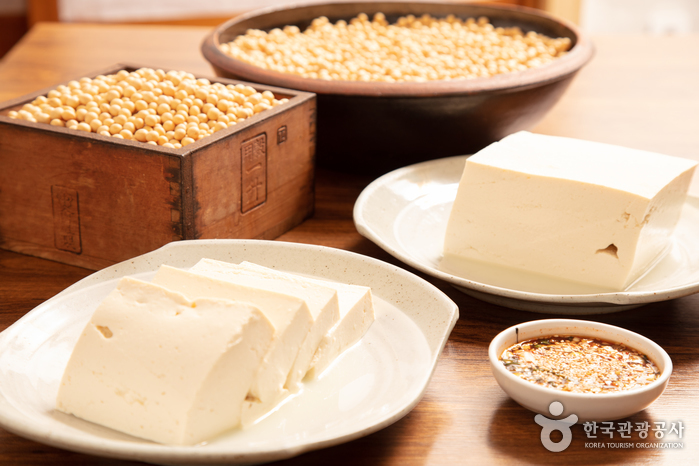
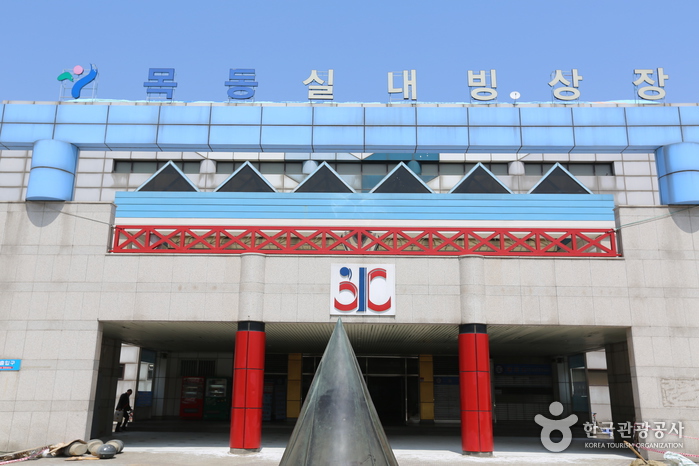

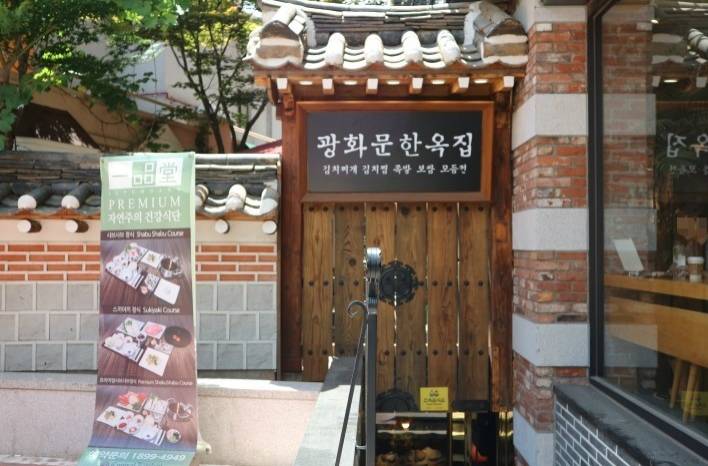
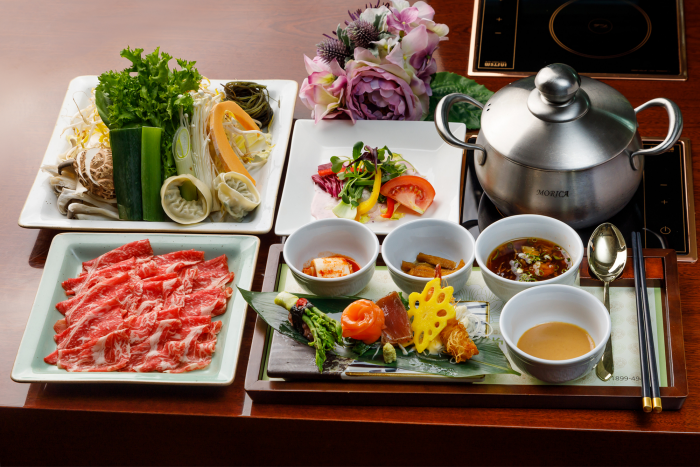
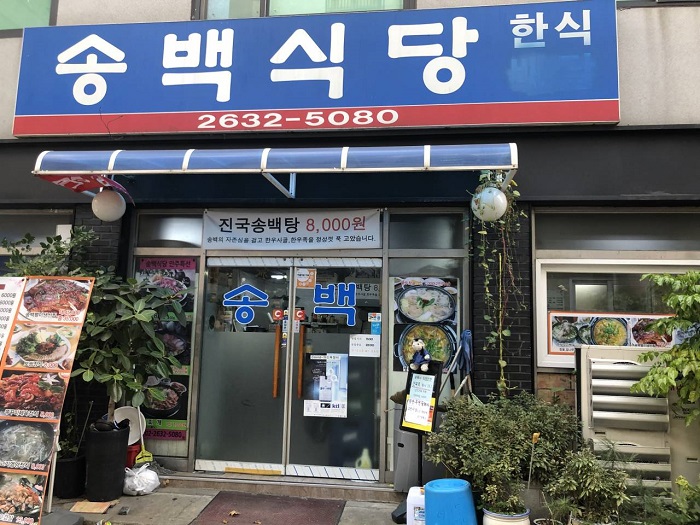
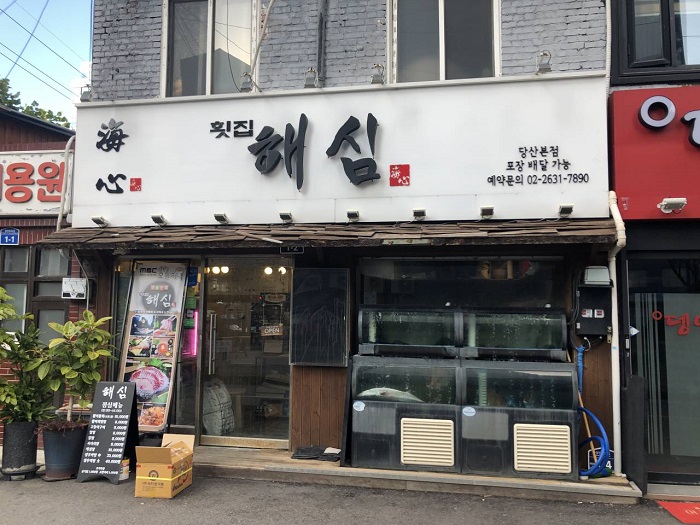
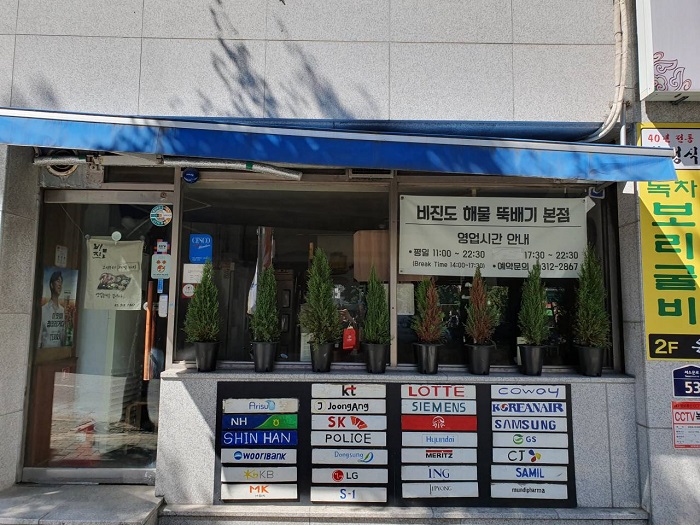
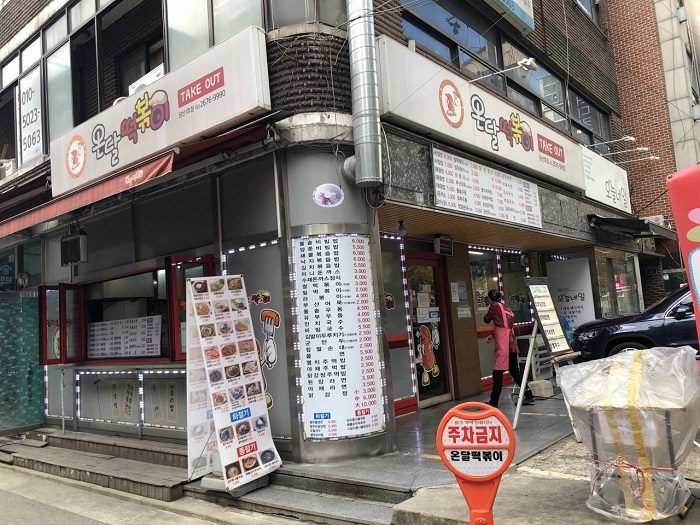

 English
English
 한국어
한국어 日本語
日本語 中文(简体)
中文(简体) Deutsch
Deutsch Français
Français Español
Español Русский
Русский